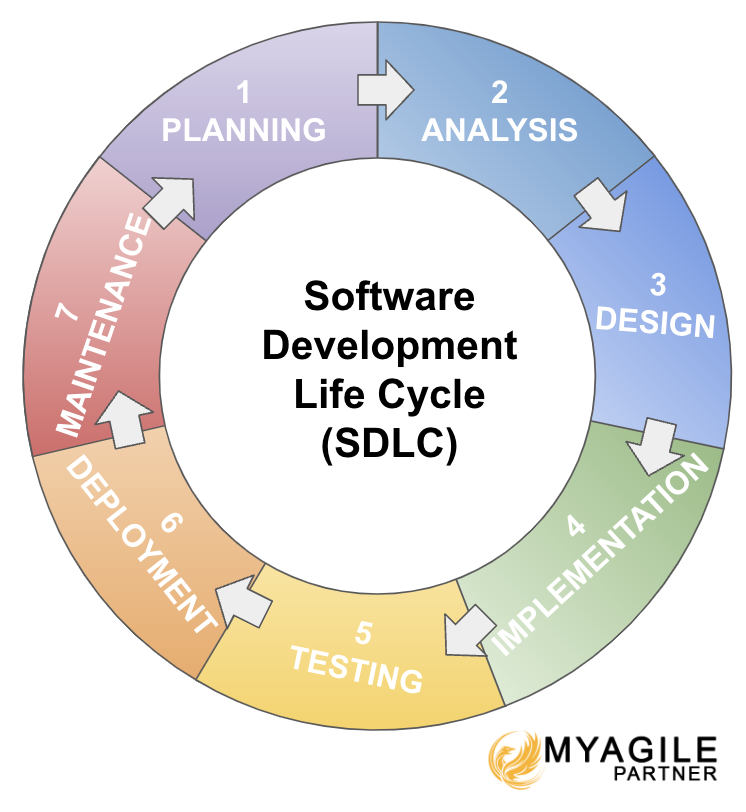
In the ever-evolving world of technology, software has become an integral part of our daily lives. From the apps on our smartphones to the software running complex machinery, everything we interact with is built through a systematic approach known as the Software Development Life Cycle (SDLC). This article aims to demystify the SDLC, breaking down its key concepts and explaining why it’s crucial in the world of software development.
Understanding SDLC
The SDLC is a structured, systematic process used by software developers to design, develop, test, and maintain software efficiently. It consists of various phases, each with its own set of activities, objectives, and deliverables. The primary purpose of the SDLC is to ensure that software is developed with high quality, on time, and within budget, while meeting the specific needs and requirements of its users.
Phases of SDLC
- Planning: This initial phase involves defining the scope of the project, setting objectives, and conducting a feasibility study to determine if the project is viable. During this phase, project stakeholders outline the software’s purpose, requirements, and constraints.
- Analysis: In this phase, the development team works closely with stakeholders to gather and analyze requirements in detail. They aim to understand the needs of end-users, define functional and non-functional requirements, and create a detailed project plan.
- Design: Design is about creating a blueprint for the software based on the requirements gathered in the analysis phase. This involves defining the software architecture, database structure, and user interfaces. The design phase can be divided into two categories: high-level design (HLD) and low-level design (LLD).
- Implementation: Once the design is approved, the development phase begins. Developers write code based on the design specifications. This phase also includes unit testing to ensure each component works as intended.
- Testing: In the testing phase, the software is rigorously tested to identify and rectify any defects, ensuring the final product is free of errors. Testing can range from unit testing to system testing and user acceptance testing (UAT).
- Deployment: After successful testing and client approval, the software is deployed to a live environment. This involves making the software available to end-users.
- Maintenance: The final phase is dedicated to maintaining the software over its lifecycle. This includes fixing any reported issues, updating the software to adapt to changing requirements, and enhancing its functionality.

Importance of SDLC
- Quality Assurance: The SDLC ensures that software meets high-quality standards by incorporating testing and validation at multiple stages, reducing the likelihood of errors or defects in the final product.
- Cost and Time Management: Proper planning and systematic development help control project costs and ensure that the project stays on schedule.
- Effective Communication: The SDLC encourages clear communication between stakeholders and the development team, ensuring that everyone understands the software’s purpose and functionality.
- Customization: By following the SDLC, developers can tailor software to meet specific needs, making it more effective and user-friendly.
- Risk Management: The structured approach of SDLC helps identify and mitigate potential risks early in the development process, reducing the likelihood of issues arising later.
Conclusion
The Software Development Life Cycle is the backbone of software development, providing a structured framework for creating high-quality, efficient, and user-friendly software. Understanding and implementing the SDLC is crucial for developers and organizations seeking to create software that not only meets but also exceeds user expectations. As technology continues to evolve, the SDLC remains a valuable tool in ensuring that software remains a driving force in our ever-changing world.

Be the first to comment